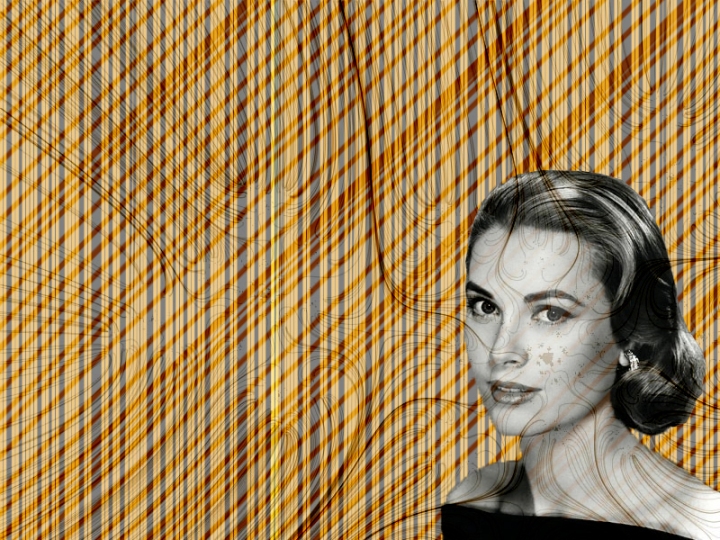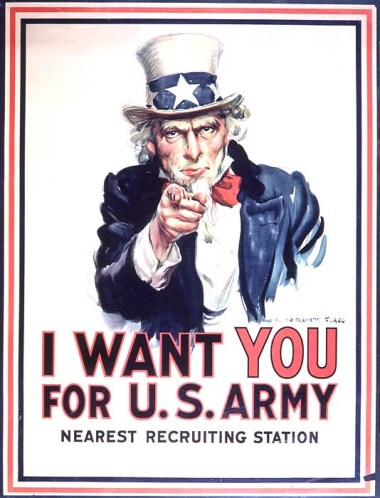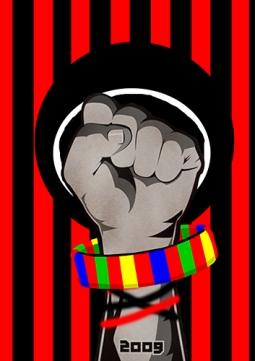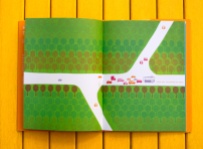
- Photo by dhester on morgueFile.com
Link to all Weeks Week 1 Week 2 Week 3 Week 4 Week 5 Week 6
Content:
- Lines
- Lines in Design
- Feedback
Lines
Warm-up
We will look at lines today with fresh eyes (I hope). Line can be defined as having a starting point and an end point and the connection between the two is what the line actually is.
Lines are quite an amazing tool for many creators: when drawing the caricaturist uses lines to create his mean contortions to display a fatter, bolder, thinner, long nosed, big mouthed version of his subject. A writer uses lines to create text filled with meaning.
A graph shows the changes in the economy and an arrow points at something.
Lines can be a powerful tool of expression and we will start today’s class with a blank sheet of paper and a pencil.
Draw 5 lines to express 5 concepts, themes or emotions. Below are examples:
- forgetfulness
- playfulness
- sadness
- happiness
- searching
- excited
- technology
- nature
- anything that you come up with …
About Lines
What is a line?
A line is a fundamental design and art element. We describe the world around us with line drawings. We draw the contour or outline of objects and shapes that we see around us to define them on a sheet of paper, a canvas or other 2D platform. This was already established by our forefathers who used the walls of caves as their canvas to depict the world around them.
The illustration is by Viennese artist Egon Schiele (pronounced: Sheelah) and you notice how lines are used to display the outlines and expression of a man. The lines do not exist as such in life, a person does not have a contour line around them and their eyes are not two curved lines either.
So, lines are used as a form of expression. Lines are borrowed in drawings to create shapes and outlines.
The function of a line in design (and art) goes beyond that though.
First and foremost in an abstract sense a line is something that we perceive more than view. It gives us a sense of direction. In this sense lines seem to always have one or more directions.

- The swirls in the image are made up of numerous lines. Courtesy of: http://www.openprocessing.org
The lines in the image above seem to move from left to right if you are of a culture that reads from left to right.
Characteristics
Lines can be looked at by characteristics:
- Length
- Weight (darkness/thickness)
- Direction
Basic Applications
Lines can be looked at by their basic application:
- Outline describes the outer boundary of a two-dimensional shape.
- Contour is the use of line to define the edge of an object and emphasize the volume or mass of the form.
- Gestural lines are quick marks that capture the impression of a pose or movement.
- Implied lines are suggested or broken lines that are completed with your imagination through the concept of closure. An arrow is used to suggest a direction or path for the eye to follow.
- Calligraphy is beautiful, expressive marks. An expressive stroke freely uses the characteristics of line to convey emotion to the viewer, much like an individual’s handwriting changes with different moods.
- Analytical line is a formal use of line. Analytical line is closer to geometry with its use of precise and controlled marks. A grid is a very popular analytical use of visual line as a way to organize a design. The Golden Section is an example of the traditional use of analytical classical line, which uses calculated implied lines to bring unity to the structure of a painting composition.
- Modeling line is used to create the illusion of volume in drawing. Hatching is the use of parallel lines to suggest value change. Parallel lines on another angle can be added to create cross-hatching to build up a gradation and more value in areas of a drawing.
- Directional lines suggest movement or a path of vision and have specific connotations associated with them for example: Vertical lines suggest power and authority; horizontal lines suggest peace and tranquility. Together they give a feeling of calm and stability. Diagonal lines suggest tension; curved lines are graceful and fluid. Together they create a feeling of stress and movement.
Linear perspective can be applied to drawing to create the illusion of depth on a two-dimensional surface. (Source: http://www.onlineartcenter.com/line.html)
Lines in Design
Look at the example below of lines in design from a Google search:
Click on the image above and save 5 -10 images to inspire you to create a Photoshop generated image that displays lines as a rhythmic component.
Before you save the file and email it to me, make sure to include the Meta Data.
Below is an example of a Photoshop generated study incorporating a portrait of the US-American actress Grace Kelly (image can be found at: GettingCheeky) with straight lines at different angles and a wallpaper found on FreeFever.com.

photo: courtesy of GettingCheeky.com and curved lines wallpaper: courtesy of FreeFever.com
photo: courtesy of GettingCheeky.com and curved lines wallpaper: courtesy of FreeFever.com
Feedback
Please leave your feedback in form of a comment. Your feedback and suggestions will help me to make this blog more user friendly. Thanks!






























































![world war propaganda_Auch du sollst beitreten The concept was used on the German side as well with this 'Auch du sollst beitreten zur Reichswehr' [You too should join the German Army], design by Julius Engelhard, Image: courtesy of mental_floss](https://classoffederico.files.wordpress.com/2014/04/world-war-propaganda_auch-du-sollst-beitreten.jpg?w=53&resize=53%2C68#038;h=68)


































































Thanks for giving such valuable information